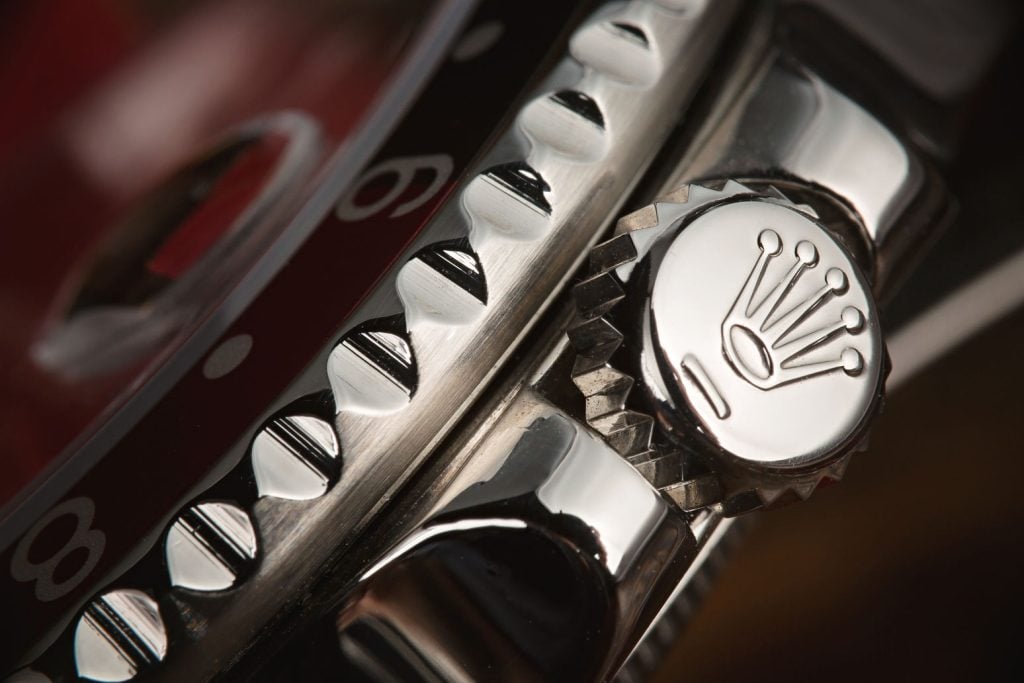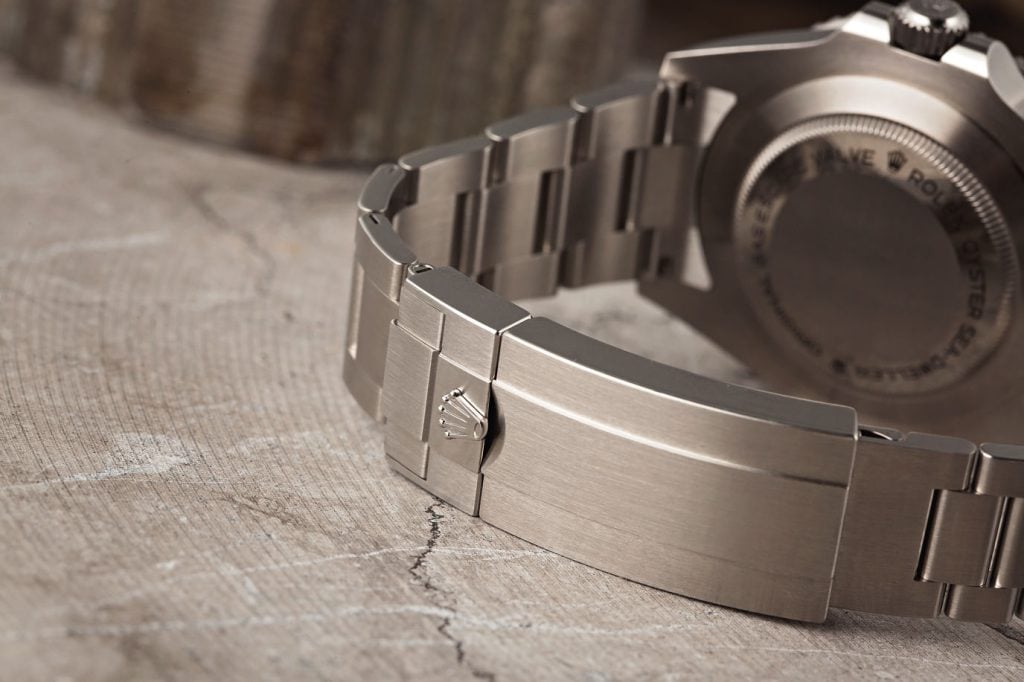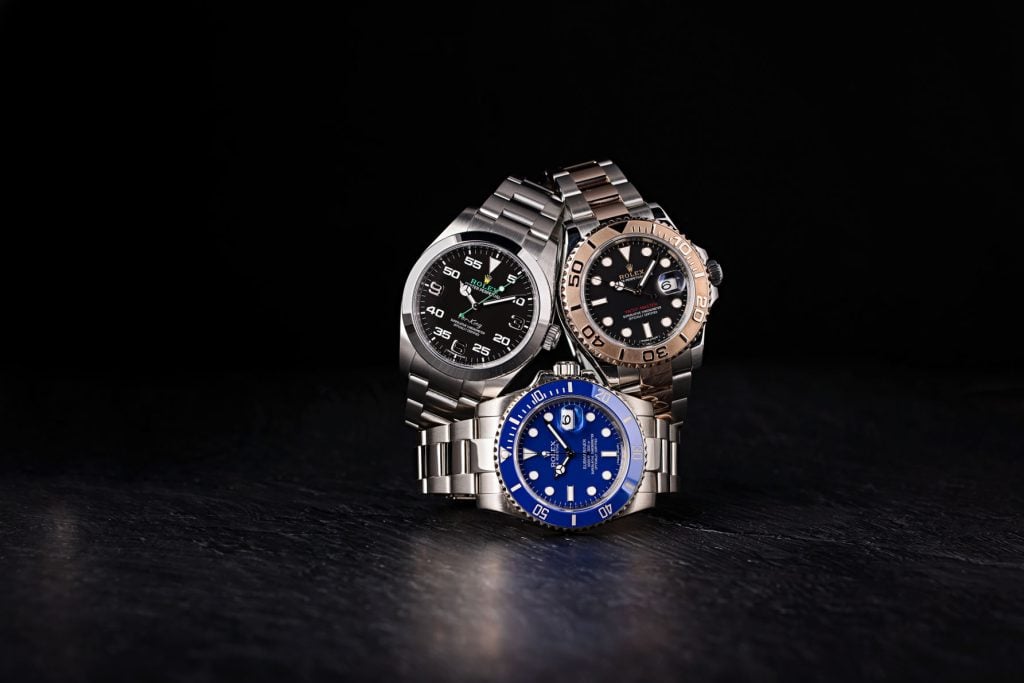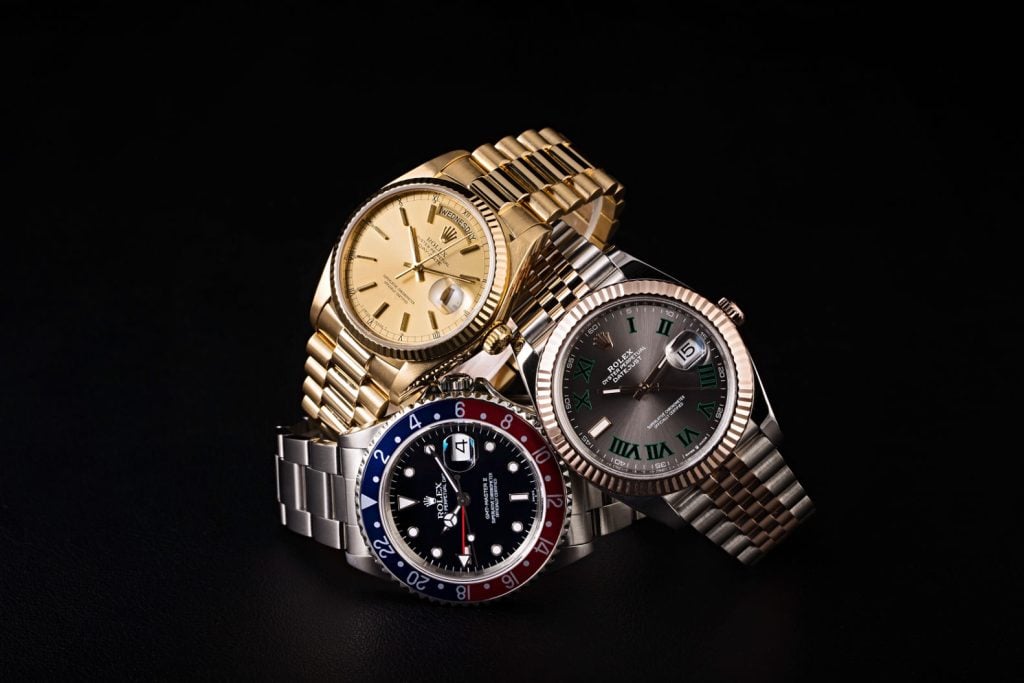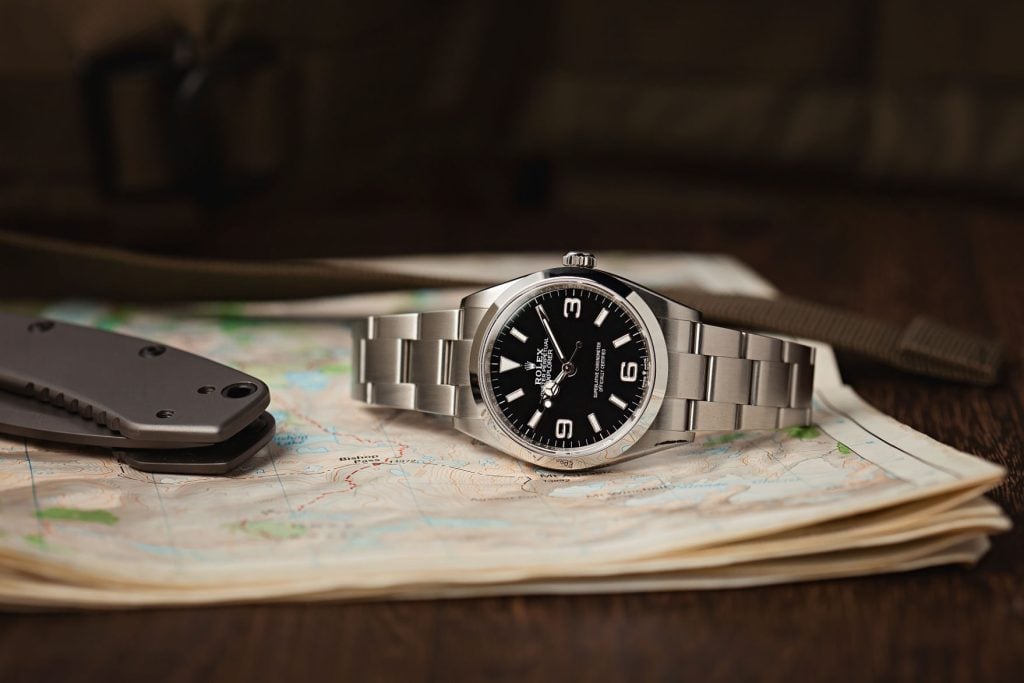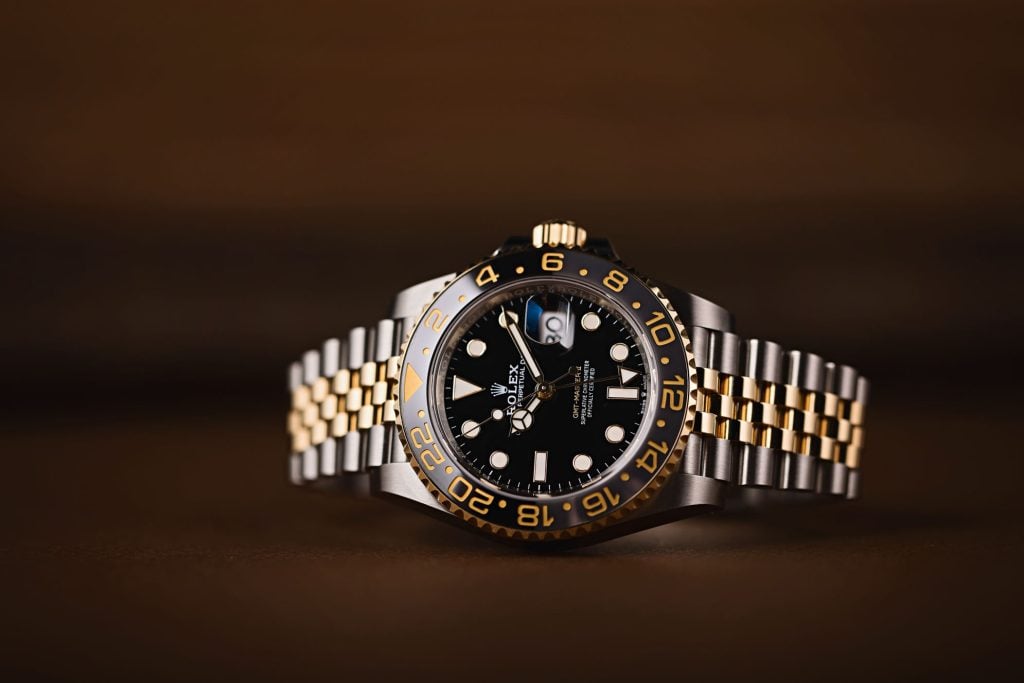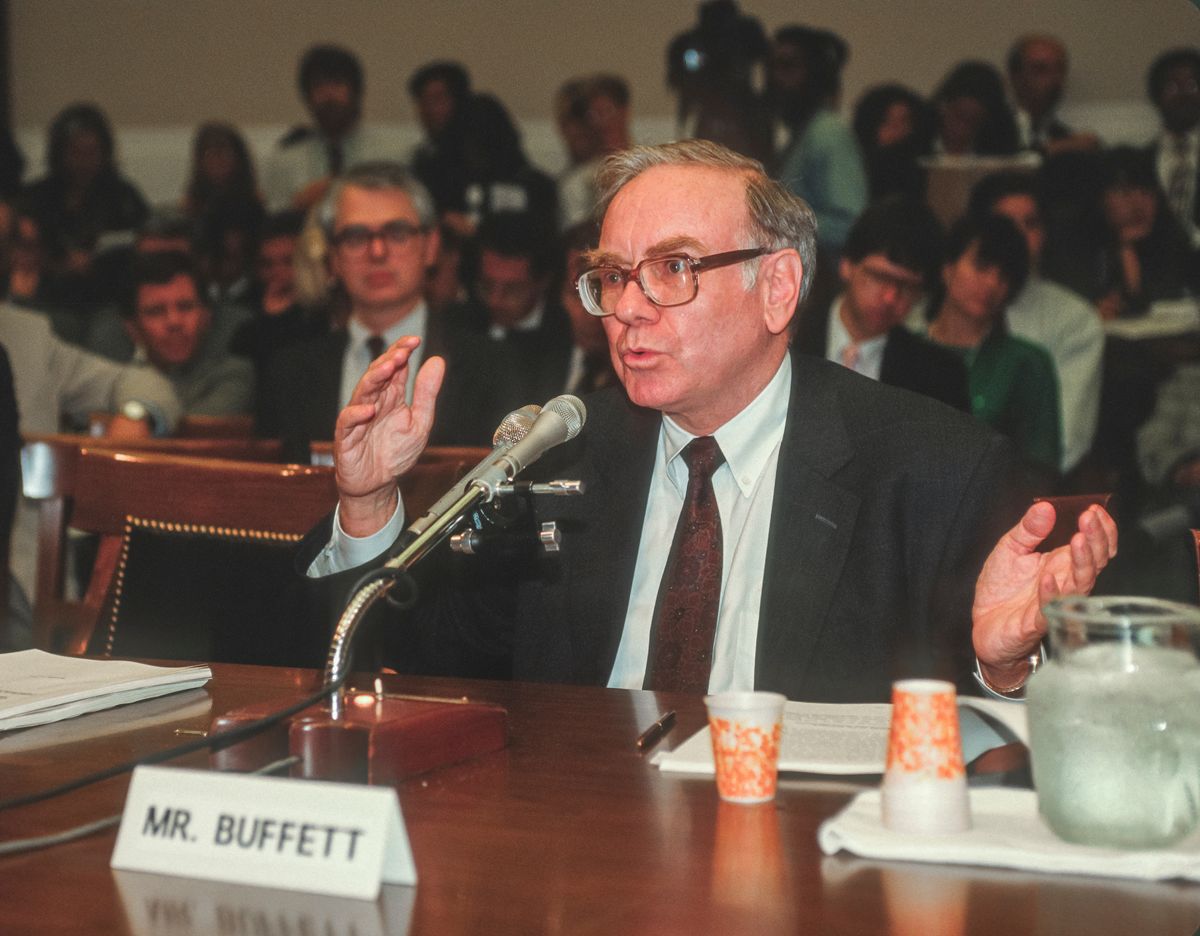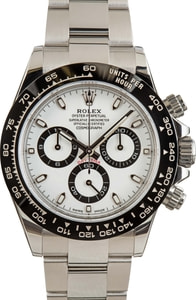The timepieces produced by Rolex have embodied the pinnacle of luxurious horology for over a century. Despite being worn by celebrities and coveted around the world as a symbol of prosperity, less is known about the man who started it all and constructed the unique ownership structure that persists today. In fact, many people might be surprised to learn exactly who owns Rolex and controls the destiny of this iconic brand long after its founder’s passing.
The story of Rolex begins with Hans Wilsdorf in the early 20th century. A visionary watchmaker, Germany-born Wilsdorf originally founded the company in 1905 at the age of 24 while living in London, England. Though he could have never predicted the dramatic success Rolex would eventually achieve globally, Wilsdorf was always focused on innovation and quality craftsmanship from the beginning. When he died in 1960, his eponymous foundation inherited ownership over Rolex – but through careful planning, Wilsdorf ensured that his life’s work would continue to thrive and exemplify excellence year after year.
Today, Rolex produces about 2,000 watches per day while still operating as a privately held and independently run label wholly owned by the Hans Wilsdorf Foundation. This unique ownership structure has enabled Rolex to concentrate on long-term objectives instead of short-term profit, fueling its quest for unrivaled precision and perpetual distinction.
Hans Wilsdorf Founded Rolex
Born in Bavaria, Germany in 1881, a young Hans Wilsdorf demonstrated a natural understanding and fascination with intricate machinery from an early age. After a stint as an apprentice in a small Swiss watchmaking company, Wilsdorf settled in London in 1903 and landed a position distributing timepieces across the British Empire.
It was two years later at the age of 24 that Wilsdorf founded his own company in London, originally naming it “Wilsdorf & Davis” after his brother-in-law. This fledgling enterprise would later evolve into the powerhouse we know today as Rolex.
Wilsdorf was on a mission to revolutionize wristwatches, which were predominantly viewed as feminine accessories lacking in precision and reliability compared to traditional pocket watches. Through constant innovation, he developed the first truly waterproof wristwatch called the “Oyster” in 1926 by equipping it with a revolutionary patented case attached to the bezel by a screw-down crown. This pioneering design protected the watch from dust and moisture, laying the foundation for Rolex’s reputation for unmatched durability.
Driven by ambition to perfect timekeeping accuracy, Wilsdorf continued chasing his ideals until his passing in 1960. But his relentless attention to quality and detail established Rolex as the standard-bearer in luxury watches – a reputation the brand maintains because of the unique operating structure he instilled by leaving ownership to the Hans Wilsdorf Foundation.
From the first self-winding “Perpetual” mechanism to robust tool watches purpose-built for professional use, Wilsdorf built a legacy of transcendent excellence that endures due to Rolex’s independence under the foundation he formed. Truly visionary, forward-thinking, and exceptionally skilled, Hans Wilsdorf earned the eternal title of Rolex’s founder.
The Hans Wilsdorf Foundation Owns Rolex
When Hans Wilsdorf died in 1960 at the age of 79, ownership of Rolex transferred to a private trust that Wilsdorf established in 1945 called the Hans Wilsdorf Foundation.
Registered and located in Geneva, Switzerland, the Hans Wilsdorf Foundation was set up with a mandate to receive and manage Wilsdorf’s estate. As a non-profit foundation focused on philanthropy, it directs any net income left after Rolex business operations into funding charitable causes – as per Wilsdorf’s instructions.
The foundation has no owners or shareholders expecting payouts. Its board of directors sees over stewardship and is dominated by members with decades-long ties to Rolex. They guide business strategy but allow Rolex executives and watchmakers full creative independence.
This ownership structure differs starkly from publicly traded companies answering profit-hungry investors. It allows Rolex to take a long view, channeling revenues into unrelenting product improvement instead of shareholder dividends. From pioneering in-house mechanical movements to insistence on the most modern manufacturing facilities, the foundation ownership gives Rolex the freedom to keep perfecting its craft.
While the privately held Rolex does not disclose financial figures, estimates peg company revenues at over $5 billion annually. Rolex’s full ownership by the philanthropic Hans Wilsdorf Foundation ultimately reflects the founder’s vision – funding charity while preserving total autonomy to focus on advancing wristwatch technology without compromise.
Rolex Operates Independently
Despite ownership by the Hans Wilsdorf Foundation, Rolex operates autonomously like an independent business entity. The legendary Swiss watch manufacturer has been headquartered in Geneva since founding there in 1920.
With Rolex manufacturing strictly centered in Switzerland, the brand employs over 9,000 workers highly skilled in horology and various crafts required to produce Rolex timepieces. State-of-the-art facilities boast the latest equipment engineered specifically for Rolex alongside time-honored techniques passed down by veteran master watchmakers.
While the Hans Wilsdorf Foundation board plays an advisory role, they grant Rolex executives complete independence in directing day-to-day operations from product development to marketing. This freedom, paired with lavish reinvestment of profits, gives Rolex an unmatched capacity to pioneer advancements that no competitors can match in areas like in-house mechanical movements.
In fact, Rolex operates with no debt – fully self-funding operations and investments ranging from vertical integration of production to acquisition of premium metals at highest purity. Rolex even created its own science institute in 2010, bringing physics, chemistry, and engineering experts in-house to solve complex problems around innovating wristwatch technology.
Such endeavors to push boundaries further solidify Rolex’s watch industry leadership. The unique ownership arrangement enables Rolex to focus intently on the long view without regard for short-term economics. This steers decisions firmly on the side of quality and perfection rather than simply maximizing near-term profits. Thanks to the framework erected by Hans Wilsdorf before his passing, Rolex retains full control over its destiny.
Rolex Leadership
While ownership belongs to the Hans Wilsdorf Foundation, operational leadership at Rolex resides with its executives based in Geneva. Heading the luxury watchmaker as CEO is industry veteran Jean-Frédéric Dufour, appointed to the post in 2015.
Dufour brought over two decades of experience from his prior role leading another prestigious Swiss watch brand. Known for his discrete profile despite commanding one of the most globally recognizable luxury labels, Dufour focuses intently on product development and pioneering innovation true to Rolex heritage.
Working alongside the CEO is the Executive Board of Directors which oversees various functional areas like finance, manufacturing, design and more at an operational level. Rolex does not release an organizational chart or details on all directors, but continuous lengthy tenures throughout the company’s history – especially in key production roles – ensures preservation of manufacturing techniques and technical know-how year after year.
Guiding the Executive Board is Rolex’s broader Board of Directors which crafts broader business strategy while granting full creative freedom to Rolex watchmakers. Headed by the Hans Wilsdorf Foundation’s board, it leans heavily on members whose association with Rolex stretches back generations in some cases, prioritizing long view planning over short-term performance goals.
This across-the-board continuity and independence foster an environment of stability, key to Rolex maintaining its leadership position despite ownership lying with an external foundation. With no investors or quarterly reports directing management’s approach, Rolex retains remarkable capacity to keep pushing boundaries.
The Benefits of Foundation Ownership
The unique ownership structure of Rolex by the Hans Wilsdorf Foundation delivers specific advantages that underpin the brand’s enduring market leadership and uncompromising products. Far beyond just financing charity work, the foundation enables key benefits including:
Long-Term Perspective – With no pressure from profit-seeking external shareholders, Rolex strategists can adopt exceptionally long planning horizons to guide product development cycles, capital improvements, and marketing. Rolex maintains an intense focus on perpetual excellence rather than short-term gains.
Reinvestment in Quality – Rolex channels revenues into relentless innovation, craftsmanship improvements, vertical integration, and advanced technology instead of shareholder payouts. This fuels unmatched precision in its mechanical movements and capacities unmatched by competitors.
Independence & Autonomy – Rolex watchmakers and designers enjoy full creative control over the entire production process without outside interference obstructing their ambitious pursuit of perfection. This freedom lets Rolex’s skilled artisans keep pushing limits.
Robust Finances – With self-financing fueled by reinvesting revenue rather than loans or issuing equity, Rolex boasts an exceptionally strong financial position. This fortifies ongoing investment and through-cycle consistency even amidst market volatility.
These key ingredients stemming from Hans Wilsdorf Foundation ownership underpin Rolex’s identity and achievements in accuracy, innovation, quality craftsmanship and prestige. Ultimately, the structure stands central to Rolex remaining the pinnacle of luxury watchmaking decade after decade.
Wilsdorf’s Vision Carries Rolex Forward
When Rolex founder Hans Wilsdorf passed away in 1960, it could have marked the end of the luxury watchmaking giant he devoted his life to building. Instead, the Hans Wilsdorf Foundation inherited complete ownership of Rolex, cementing Wilsdorf’s legacy while charting a course for perpetual success.
The independent, philanthropic Hans Wilsdorf Foundation now oversees Rolex strategy at the board level while giving its world-class watchmakers total freedom to innovate without limits. This rare foundation ownership enables an intense focus on the long-term, channeling profits into ever-higher perfection rather than short-sighted shareholder payouts.
While many premium brands sacrifice quality or integrity in the name of profits, Rolex retains complete control over every aspect of its operation. This independence pays dividends through continuous advancements and an obsession with precision that keeps Rolex the unequivocal industry leader even a century after Wilsdorf founded the company.
Years – even decades – of training pass down know-how from master to apprentice, fostering an environment where progress never stops. And financing fueled entirely by revenues avoids relying on fickle investors who might demand compromising Rolex’s standards.
The result is a formula that seamlessly blends cutting-edge technology with time-honored technique. And the Hans Wilsdorf Foundation will keep this engine running full speed ahead in line with Wilsdorf’s vision long after his passing. With resources to invest freely in the future paired with creative liberty, Rolex continues reaching new heights across every metric – from 1400 quality checks per watch to over 2,000 patent filings proudly cementing Rolex atop the luxury timepiece category globally.

